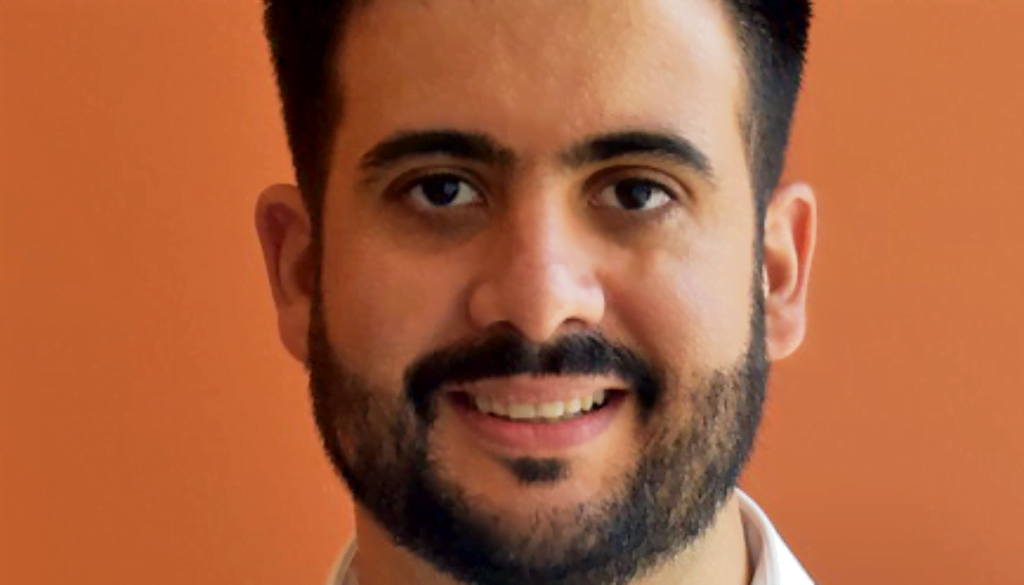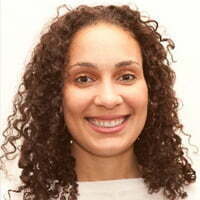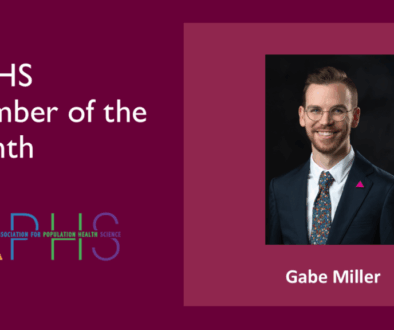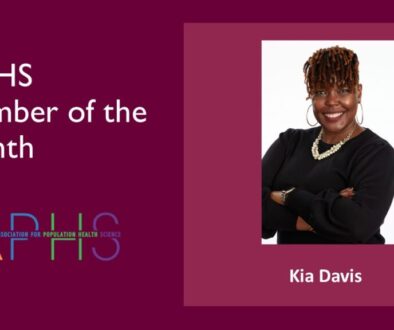Member of the Month – Usama Bilal
Hedwig LeeUsama Bilal is an Assistant Professor in the Department of Epidemiology and Biostatistics and a member of the Urban Health Collaborative at Drexel University. He joined IAPHS in 2018. Learn more about Usama on his website and follow him on twitter @usama_bilal.
Tell us a little about yourself, where are you from, where did you go to graduate school, what makes you jump out of bed each morning?
I’m originally from Spain, where I did my MD (University of Oviedo) and MPH (University of Alcala) and then got a scholarship to do my PhD in Epidemiology at Johns Hopkins Bloomberg School of Public Health. I defended my dissertation in 2017, looking at neighborhood social and economic change, food environment changes and diabetes incidence. Then I started a postdoc at Drexel University and recently transitioned into a faculty position. The main thing that makes me jump out of bed each morning (other than the alarm clock) is the understanding that there’s a lot of work to do in making sure that health equity is realized, both within Western economies and in places that suffered colonialism for centuries.
How do you define yourself as a population health professional?
I am a social epidemiologist that works mostly in urban health, so I consider myself an “urban epidemiologist” even if that’s not a very common term. I leverage tools from many disciplines (epidemiology, statistics, demography, urban planning, quantitative sociology, econometrics) to improve descriptions of population health and health inequalities in cities.
What disciplines do you engage with and are there disciplines that you would like to engage with?
I have been engaging a whole lot with demographers lately, and it still shocks me that demography is not a mainstream part of epidemiology curricula. I also engage with urban planners but would like to do more of that, especially as I get more into complex systems.
Describe a current project/initiative that you are excited about.
My own NIH-funded project, the Health Consequences of Urban Scaling, seeks to understand how big (or growing) cities have different population health patterns than smaller (or shrinking) cities, to understand the factors that explain these patterns, and to build a mechanistic model to guide future research. I am conducting this research in more than 700 cities of the US and Latin America, with a really fantastic team. In particular, the Latin American data comes from the SALURBAL project (Salud Urbana en America Latina), a Wellcome-Trust funded collaborative study of 15 institutions in the region, headed by Drexel University.
Name a population health professional who you admire and why?
Both Sandro Galea and Ana Diez-Roux have done fantastic work and are now leading the effort in emphasizing the importance of conducting interdisciplinary work, with IAPHS being a great example of those efforts.
How did you hear about IAPHS?/Why did you decide to become a member of IAPHS?
As with everything these days, it was mostly twitter. Then the current president (Ana Diez-Roux) told me about it and I decided to join. I saw the program of the 2018 meeting in DC and I realized this was an organization I needed to be part of.
Have you attended an IAPHS meeting? If so, what do you like most about these meeting?
I have not had the chance yet, but I’ll be attending the 2019 meeting in Seattle.
What would you tell someone who is considering joining IAPHS?
It is great to have a professional society that leveraged the interdisciplinary nature of public health beyond people working in the health sciences.
What would you like to see IAPHS do in the future?
A social determinants/population health journal sponsored by IAPHS would be a great venue to disseminate the research of IAPHS members.
Is there anything we have missed that you would like to add?
I confess that I still do not clearly understand the difference between public health and population health. I have a much clearer sense of who calls themselves public health practitioners and who calls themselves population health practitioners (although there’s some bimodality in the population health one, including people working in health services), but I have not a clear understanding of the disciplinary differences, if any.
Name of Organization: Drexel University
Name of Department/Division: Department of Epidemiology and Biostatistics; Urban Health Collaborative
Title: Assistant Professor
Discipline: Social Epidemiology, Urban Health
Year Joined IAPHS: 2018
Website: www.usamabilal.info
Twitter Handle: @usama_bilal
Favorite Population Health Relevant Book:
Engels, F. (1845). The Condition of the Working-class in England in 1844, G. Allen & Unwin, Limited.
Favorite Population Health Relevent Academic/News/Etc. Article(s):
Rose, G. (1985). “Sick Individuals and Sick Populations.” International Journal of Epidemiology 14(1): 32-38.
Meadows, D. (1999). “Leverage points: Places to Intervene in a System.” The Sustainability Institute.
Krieger, N. (2008). “Proximal, Distal, and the Politics of Causation: What’s Level Got to Do With It?” Am J Public Health 98(2): 221-230.
Favorite Movie, Band, Non-Fiction, Book, Etc.:
The Power of the Dog (Don Winslow) [book]






All comments will be reviewed and posted if substantive and of general interest to IAPHS readers.